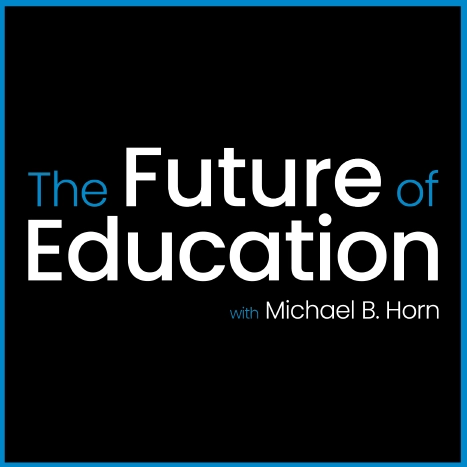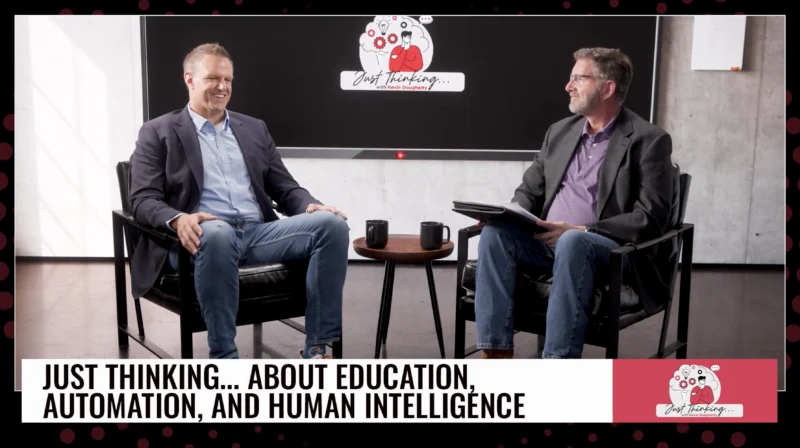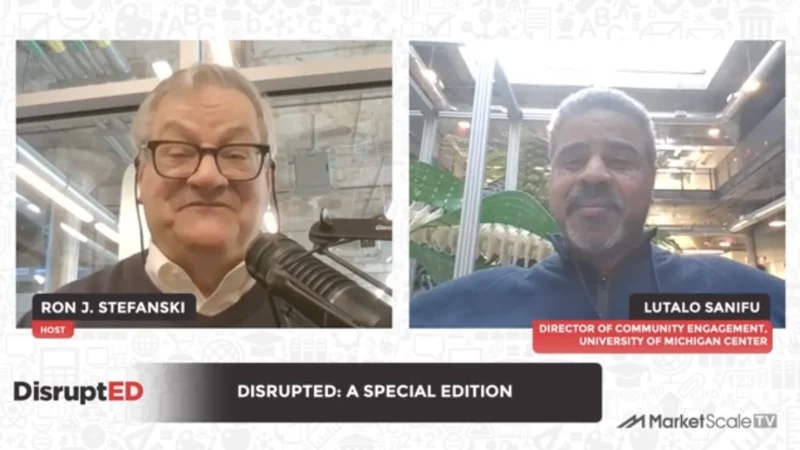What Defines a Next-Gen High School?
A seismic shift is occurring in the traditional education set to create a growing trend for the next-gen high school. Schools worldwide are exploring innovative educational frameworks designed to cater to the needs of the next generation, focusing on real-world applicability, technology, and personalized learning. The stakes are high, with the American education system grappling with the challenge of maintaining equitable and effective learning amidst these changes. America’s hi-tech sector is ready for the next generation of skilled workers to take command. Only problem? There aren’t enough skilled workers to fill the roles. The need for education reinvention is clear.
Amidst these changes, a core question arises: “What defines an innovative or Next-Gen high school, and how are these schools shaping the future of education?”
In the latest episode of The Future of Education, hosted by Michael B. Horn, three influential guests from the field of education tackle this question. Ken Montgomery, co-founder and executive director at Design Tech High, Keeanna Warren, Assistant Executive Director at Purdue Polytechnic High School Network, and Shadman Uddin, a master’s Student in Education at Stanford Graduate School of Education, discuss the implementation of ongoing innovations and strategies in NextGen high schools.
The main points of their conversation revolve around the following:
- The concept and definition of NextGen or innovative schools
- The real-world outcomes of NextGen education models
- The role of technology and partnerships in driving innovation in high school education
Ken Montgomery co-founded Design Tech High, known as D-Tech, and has successfully established it as a model for innovative education. Before this, he held various roles in educational leadership and has a proven track record of improving student outcomes by strategically implementing personalized learning models.
Keeanna Warren, Ph.D., as the Assistant Executive Director at Purdue Polytechnic High School Network, has played a significant role in aligning academic objectives with innovative, industry-driven strategies. She has also worked on various educational initiatives designed to increase accessibility and equity in education.
Shadman Uddin, a master’s Student in Education at Stanford Graduate School of Education, brings a fresh perspective to the conversation. Shaman’s recent research into NextGen school models sparked the discussion, challenging the traditional definitions of innovative schools and proposing an outcomes-oriented framework for defining NextGen education.
The Future of Education’s latest episode serves as a thought-provoking exploration of how high schools are innovating to meet the needs of future generations. As schools evolve, the insights and experiences shared by Montgomery, Warren, and Uddin provide valuable context for educators, policymakers, and students navigating these changes.




